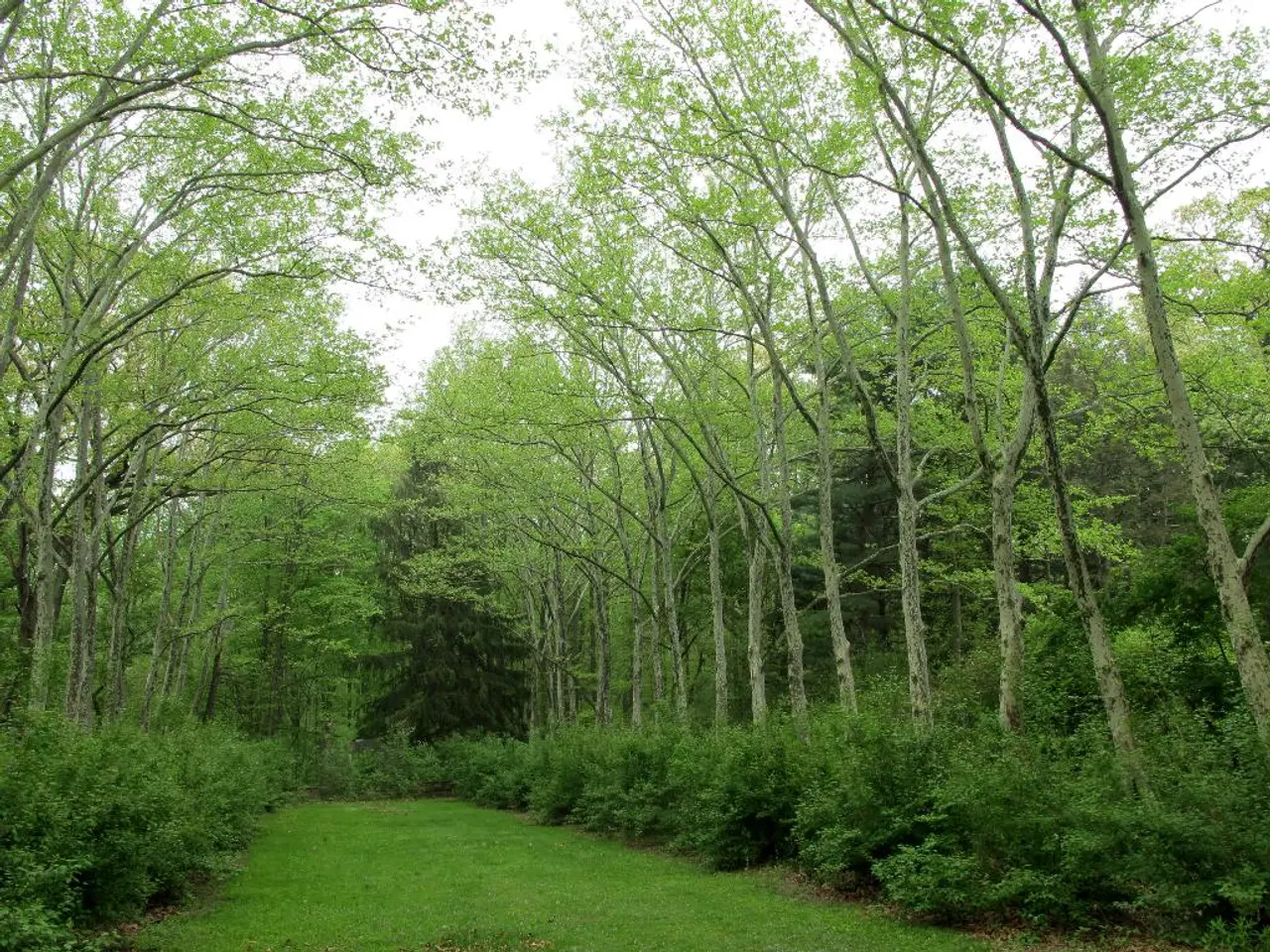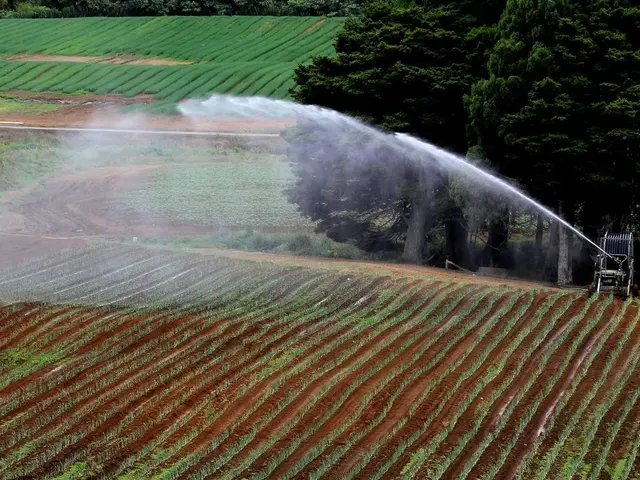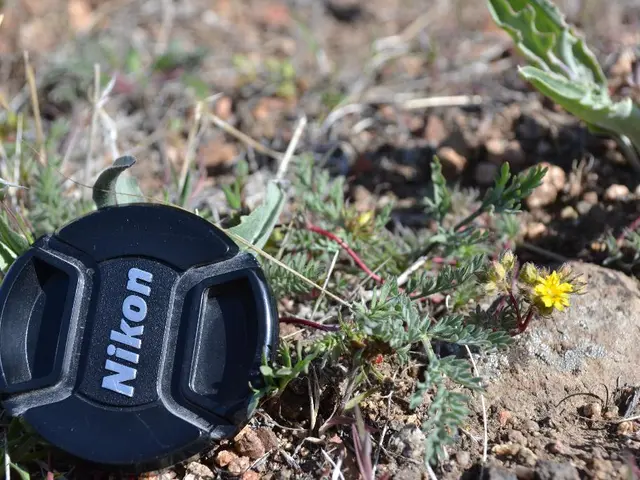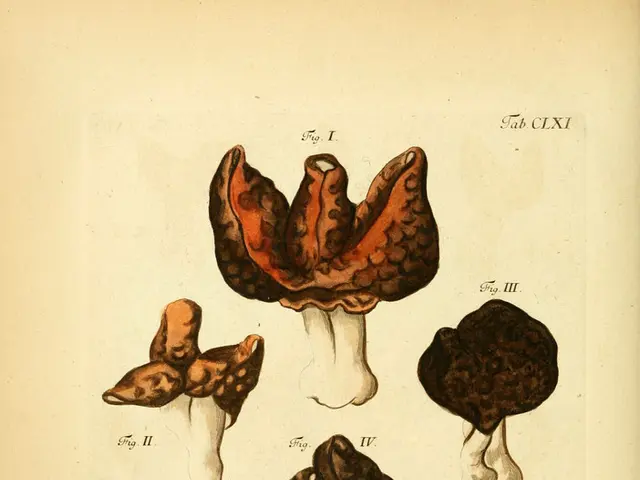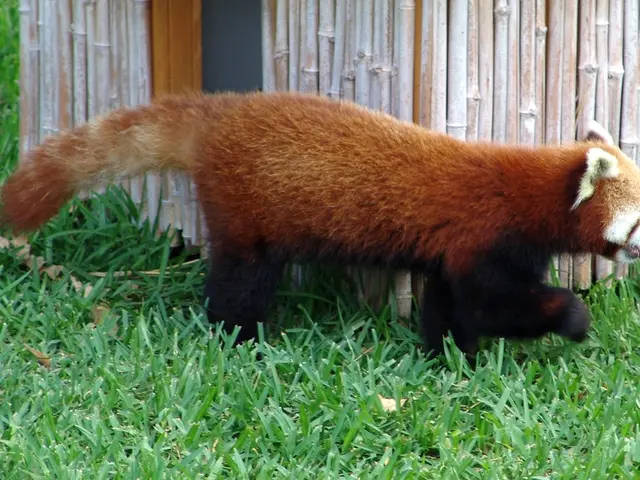Impact of Climate Change on Backyard Wildlife and Steps for Supporting Them
In the face of rapid climate change, a pressing question arises: can wildlife adapt fast enough to keep up? To help answer this question and support our local fauna, consider transforming your garden into a wildlife haven that not only thrives in changing conditions but also aids animals in adapting to these challenges.
By implementing key strategies focused on habitat connectivity, native plants, water sources, shelter, and community cooperation, you can create a resilient garden ecosystem that benefits both wildlife and the environment.
1. **Embrace Native Plants and Biodiversity**
Planting native shrubs, grasses, and trees that are adapted to your local climate and soil conditions can better withstand changing weather patterns and support local wildlife. Include a variety of blooms flowering across seasons to provide continuous food for pollinators and other species. Avoid over-pruning to maintain natural habitats within your garden.
2. **Build Wildlife Corridors and Remove Barriers**
Design continuous planting strips of native vegetation (6-8 feet wide) to connect fragmented habitats, enabling safe movement and gene flow for wildlife. Replace solid fences with wildlife-friendly alternatives such as living hedgerows or split-rail fences with gaps to allow animals like hedgehogs and rabbits to pass through. Create openings in barriers every 20-30 feet and add ramps or planted slopes on retaining walls to remove obstacles to animal movement. Collaborate with neighbors to extend these corridors beyond your property, creating a connected ecosystem on a larger scale.
3. **Provide Water Features**
Install ponds, birdbaths, or shallow water features to attract birds, beneficial insects, and amphibians, especially during dry, hot spells intensified by climate change.
4. **Create Natural Shelter and Nesting Sites**
Establish natural shelter areas with dense vegetation, log piles, brush heaps, or leaf litter to offer refuge for insects, small mammals, and reptiles. Incorporate birdhouses, bee hotels, and butterfly shelters to provide safe nesting and resting spots.
5. **Practice Sustainable Garden Maintenance**
Use companion planting to naturally deter pests and enhance plant health, reducing chemical usage. Leave seed heads and organic matter through winter to support wildlife food sources. Choose drought-tolerant and resilient plant varieties from local nurseries to ensure longevity and adaptability.
6. **Engage the Community**
Share native plants and coordinate habitat planning with neighbors to expand wildlife-friendly zones. Participate in wildlife mapping and neighborhood conservation efforts to better understand and support local species movement and habitat needs.
Starting small by introducing native plants or a simple water feature can quickly increase wildlife activity. Gradually expanding these efforts fosters a resilient garden ecosystem that supports biodiversity and helps animals adapt to the stresses of climate change while enriching your outdoor space with natural beauty and ecological function.
In summary, the most effective strategies focus on creating connected habitats with native, diverse plantings, water and shelter provisions, sustainable maintenance, and community cooperation to build resilient garden ecosystems that support wildlife through climate challenges. By taking these steps, you can help ensure that your garden remains a thriving sanctuary for wildlife in the face of a changing climate.
- In addition to native plants, consider incorporating environmental-science principles into your home-and-garden, such as choosing drought-tolerant and resilient species in your lifestyle, which can help your garden ecosystem adapt to climate-change conditions.
- By engaging in practices like habitat connectivity and community cooperation, you can turn your garden into an environmental-science project that fosters biodiversity, contributing to a greener lifestyle and helping wildlife adapt to climate change.
- To support local fauna and create a harmonious lifestyle, ensure your gardening efforts include strategies like wildlife corridors, water features, and natural shelter, contributing to a better connection between home-and-garden and climate-change science.
